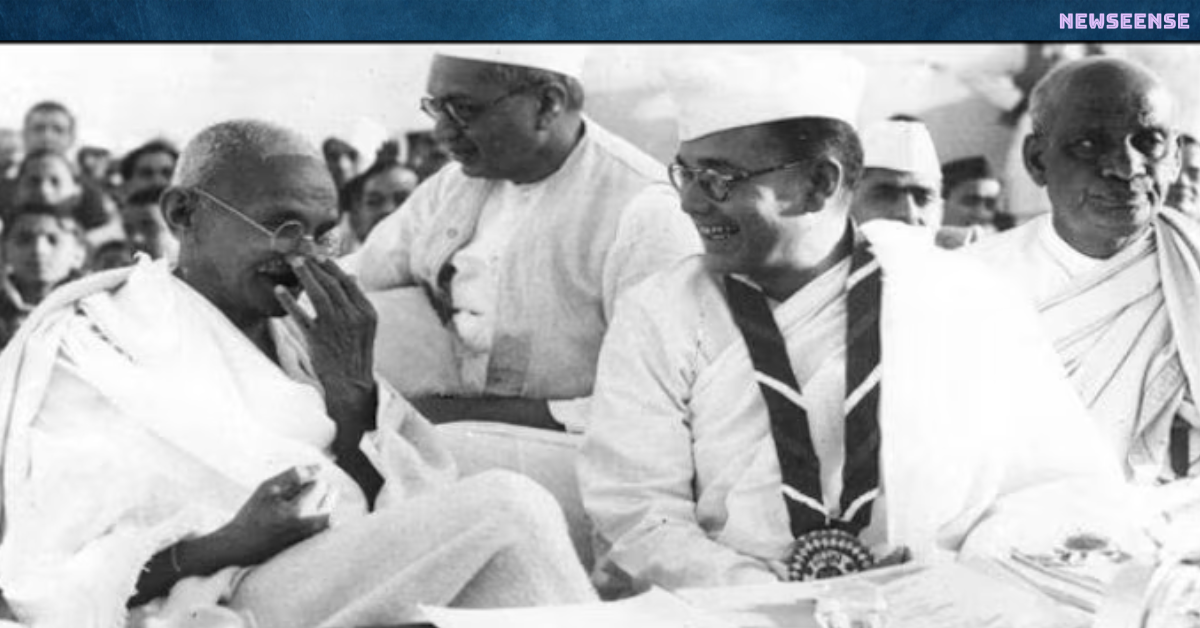
The Indian National Congress (INC), established in 1885, stands as a pivotal political force in India’s history, playing a prominent role in the nation’s struggle for independence and subsequent governance. This article provides a comprehensive overview of the party’s historical journey, its evolution in post-independence India, and the changing dynamics of its political influence.
Table of Contents
Pre-Independence Period
The INC was founded in December 1885, with its roots tracing back to the 1850s when the idea of Indian nationalism against British rule emerged. In its early years, the party adopted moderate reform resolutions, but the increasing poverty under British imperialism radicalized many within its ranks.
In the early 20th century, the INC embraced the swadeshi (“of our own country”) movement, urging Indians to boycott British goods. The Home Rule wing gained prominence, appealing to diverse social classes and influencing India’s social and political landscape.
Under Mahatma Gandhi’s leadership in the 1920s and ’30s, the INC shifted to advocating nonviolent noncooperation. Events like the Salt March in 1930 became symbolic of the party’s resistance against British rule.
During World War II, the INC declared India’s non-support to the war effort until granted complete independence. The Quit India Movement in 1942 led to mass civil disobedience, with many party leaders, including Gandhi, imprisoned until 1945.
Post-Independence Dominance of the Nehru Clan
Jawaharlal Nehru, from 1951 to 1964, dominated the INC and won overwhelming electoral victories. Lal Bahadur Shastri and later Indira Gandhi succeeded him, leading the party and the nation. In 1969, Indira Gandhi faced internal dissent and was expelled from the party by the “Syndicate.”
However, her New Congress Party secured a landslide victory in the 1971 elections. In 1978, Indira Gandhi formed Congress (I) after seceding from the original party. Despite internal battles, the party retained power, with Rajiv Gandhi succeeding his mother. In the 1990s, under P.V. Narasimha Rao, the INC embraced economic liberalization. However, reports of corruption tarnished its image, leading to reduced electoral success in 1996.
Sonia Gandhi assumed leadership in 1998, steering the party through strategic alliances and campaigns. The INC performed well in 2004, with Manmohan Singh becoming the first Sikh prime minister. The party faced challenges in 2014, marked by economic downturns and corruption scandals.
Rahul Gandhi assumed leadership but encountered criticism and challenges in subsequent elections. In 2022, Mallikarjun Kharge succeeded Sonia Gandhi as the party president, marking a new phase for the INC.
State Politics and Policy
The INC’s influence at the state level has mirrored its national performance. While dominating early on, the party’s presence declined, especially in southern states. The Congress Party traditionally supported socialist policies but embraced economic liberalization in the 1990s. It advocated secular policies, equal rights, and nonalignment during the Cold War.
Conclusion
The Indian National Congress, with its rich history and evolving political dynamics, continues to be a key player in Indian politics. From the struggles for independence to the challenges of governance, the INC’s journey reflects the changing contours of the nation it helped shape. As it navigates contemporary political landscapes, the party remains a significant force in shaping India’s future.
Information Source: Britannica